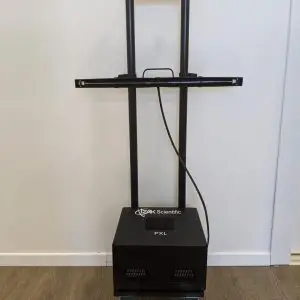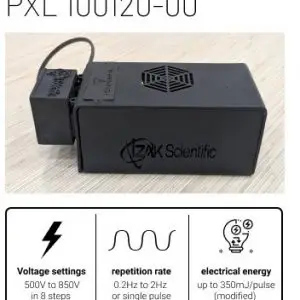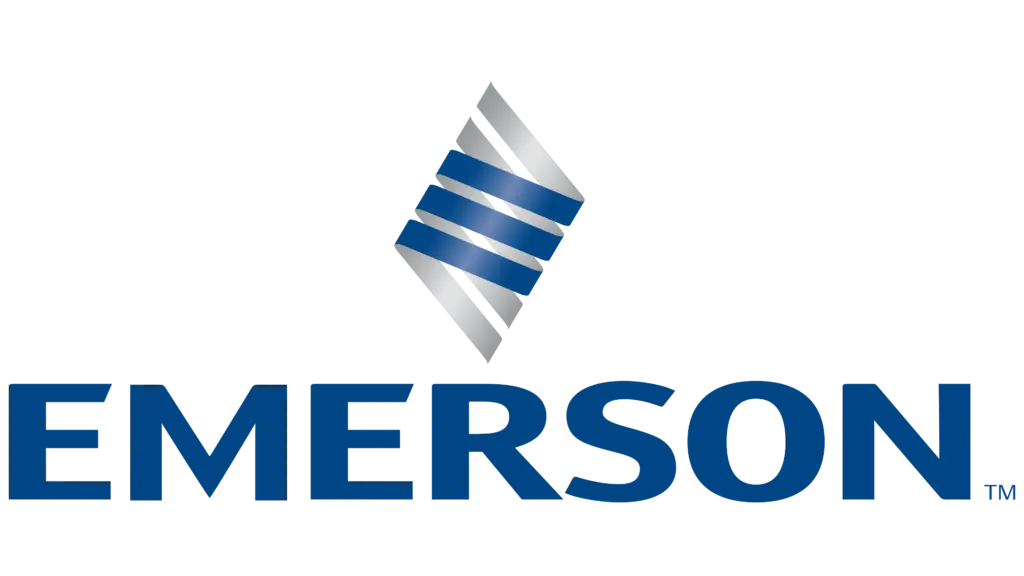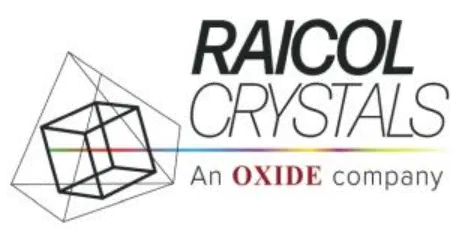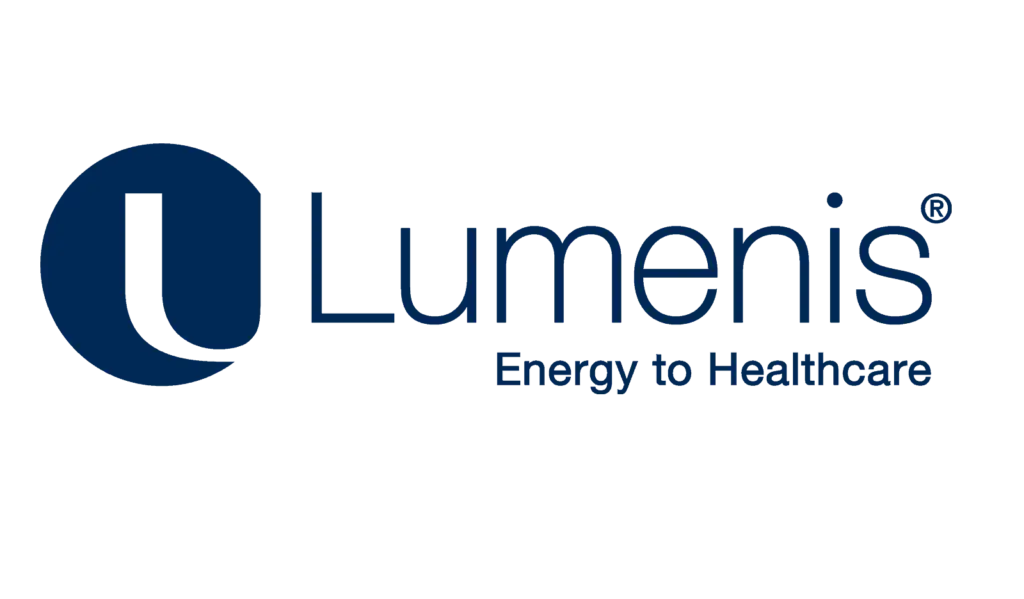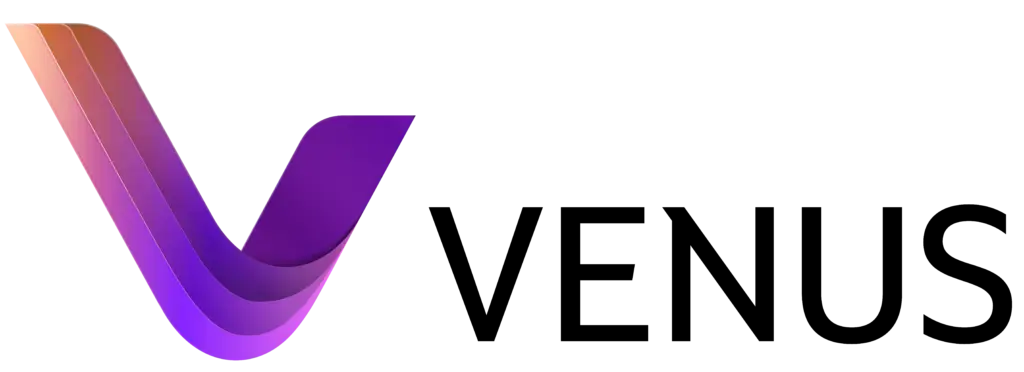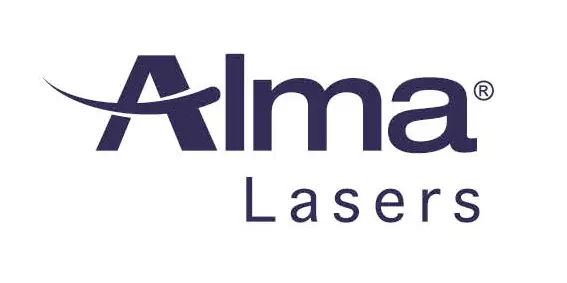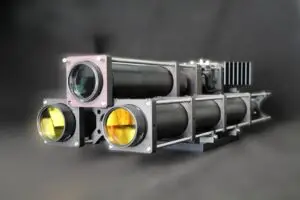When it comes to the COVID-19 pandemic, we thought we passed the critical point. Businesses are re-opening, and we try to get back to normal life.
However, the worst is yet to come, according to an official statement from the World Health released on June 29, 2020 [1].
Scientists all around the world are looking for solutions to reduce the spread of sars-Cov-2.
The novel virus is getting a lot of attention lately, but the truth is, Sars-Cov-2 is just one of the many germs that can cause life threatening infections. The entire world needs an effective solution to prevent serious illnesses and companies are taking additional steps to disinfect workplaces.
Could UV light be used as an effective disinfectant for all these potentially deadly viruses and bacteria?
Ultraviolet Light To Kill Germs

-
Source: Wikimedia Commons
As you can see in the image above, the ultraviolet light, colored in purple, is found between visible light and X-rays. The major types of UV light are UVA, UVB and UVC. UVA light and a small portion of UVB light reach the Earth, while UVC rays are completely absorbed by the ozone layer and atmosphere [2].
While all UV light can kill bacteria, viruses, and other microorganisms, UVC -also known as “germicidal “light- is the most powerful of all. Since UVC rays don’t reach the Earth, researchers created special lamps that generate UVC and harness its antimicrobial power. An advanced form of UVC light called pulsed Xenon Light is used in our PXL products because it works faster and has a border antimicrobial effects compared with other UVC lamps. In another article [8] we covered the difference between LED and pulsed xenon UV lamps.
UVC light kills or inactivates microbes by creating direct damage to their RNA/DNA. And it starts to work in seconds. Bacterial like salmonella, E Coli, pseudomonas aeruginosa, vancomycin-resistant enterococci (VRE) and staphylococcus aureus (including MRSA), streptococcus pyogenes, bacillus subtilis, clostridium perfringens and various fecal coliforms are all killed or inactivated by the UVC light. Although some bacteria are killed faster than others, at the end they are all damaged by this light. Hard to treat viruses like enteroviruses.
poliovirus, rotaviruses, hepatitis A virus, parvovirus and adenoviruses are also destroyed by UVC light. Among coronaviruses: Sars-cov-1, MERS and the novel Sars-Cov-2 are inactivated in minutes by UVC rays. Various protozoa and fungi are sensitive to UVC light, as well. [3], [4],[5],[6], [7]/

UV Light sanitizer. Safety Notes
Based on research studies, ultraviolet light C can be used to kill germs, it is highly effective and eco-friendly. It doesn’t kill a few germs, but a variety of bacteria, viruses and other microbes. This is a big advantage over many chemical disinfectants, which typically kill or inactivate fewer microorganisms, and pollute the environment in this process.
In terms of safety, UVC light has an excellent safety profile as long as it is used according to the instructions. This light is designed to be used for surfaces, for air and water disinfection. Think about UV light as a disinfectant. Avoid exposure to UVC light and use protective equipment and glasses exactly as directed.
You know you get sunburn from UVB rays, right? UVC rays are much stronger than UVB rays and thus can cause skin and eye damage.
At Izak Scientific, we care about both efficacy and safety. We use the very best UVC light can offer: the advanced, pulsed xenon UVC technology. To test our products, we asked a third laboratory to evaluate the effects of the UVC light. Results are seen in this article [9]. For safety, we offer training and protective equipment along with our products. We can also help companies design their own custom products based on their needs.
- https://www.bbc.com/news/world-53227219
- https://www.cdc.gov/nceh/features/uv-radiation-safety/index.html
- https://pennstate.pure.elsevier.com/en/publications/inactivation-of-staphylococcus-aureus-by-pulsed-uv-light-steriliz
- https://sfamjournals.onlinelibrary.wiley.com/doi/full/10.1111/j.1365-2672.2009.04545.x
- http://www.waterpathogens.org/book/physical-disinfectants
- https://www.xenex.com/resources/news/xenex-lightstrike-robot-destroys-sars-cov-2-coronavirus-in-2-minutes/
- https://melitta-uv.com/apply/COVID-19/
- https://izakscientific.com/blog/uv-disinfection-led-vs-pulsed-xenon-uv-light
- https://izakscientific.com/product/pxl-sanitizer-light-disinfection-bacteria-and-viruses
Tzachi Sabati
CEO, IZAK Scientific
Physicist specializing in photonics and quantum technologies, with deep expertise in quantum sensors and advanced optical systems. Leads the Advanced Quantum Lab course at the Technion, bridging academic excellence with industry innovation. At IZAK Scientific, provides cutting-edge photonics-based solutions, developing customized inspection and sensing systems for R&D and production. Passionate about advancing quantum sensing applications and integrating novel technologies to meet industry needs.




